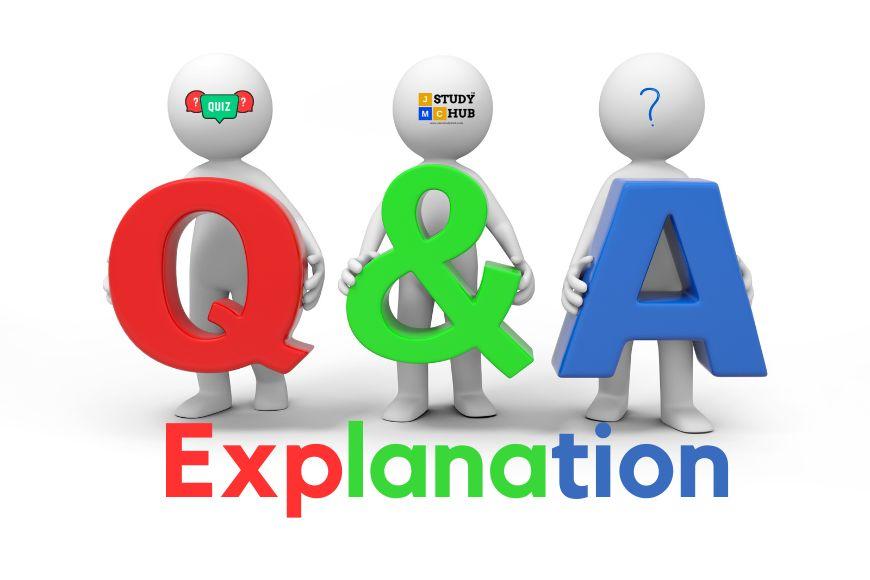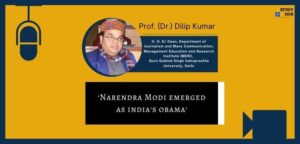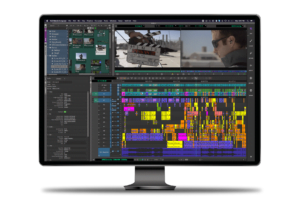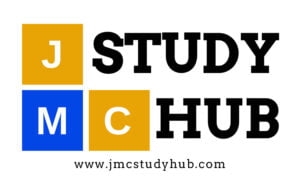Q. A transmitter encodes messages into (UGC-NET Dec 2020 and June 2021 Merged cycles)
(A) Artifacts
(B) Noise
(C) Signals
(D) Models
Correct Ans: (C) Signals.
Explanation: A transmitter is a device that takes in a message and converts it into a series of signals that can be transmitted over a communication channel. This encoding process allows the original message to be transmitted from one place to another in a form that can be understood by the recipient. The signals produced by the transmitter can take many forms, such as radio waves, electrical signals, or light, depending on the type of communication system being used.
Detailed Explanation of each option
(A) Artifacts: Artifacts are objects or items that are created by human beings, often with historical or cultural significance. In the context of communication, artifacts are not typically used to encode messages.
(B) Noise: In communication theory, noise refers to any interference that disrupts the transmission of a message. Noise can take many forms, such as static on a phone line or background chatter in a crowded room. The concept of noise in communication theory was first introduced by Claude Shannon and Warren Weaver in their seminal paper “The Mathematical Theory of Communication” published in 1949.
(C) Models: In communication theory, models are simplified representations of complex communication systems. Models are used to study and analyze communication processes and to make predictions about how messages will be received and interpreted.
(D) Signals: In communication, a signal is a physical phenomenon, such as an electromagnetic wave or a sound wave, that carries information from one point to another. A transmitter is a device that encodes a message into a signal that can be transmitted through a communication channel, such as a radio wave or a fiber optic cable. The signal is then received by a receiver, which decodes the message and converts it back into its original form. Therefore, a transmitter encodes messages into signals.
“We hope this blog post has been helpful in preparing for your UGC-NET or Journalism and Mass Communication exams. We encourage you to share your thoughts in the comments section below and join in the conversation. Your feedback is valuable to us, and we look forward to hearing from you!”






















